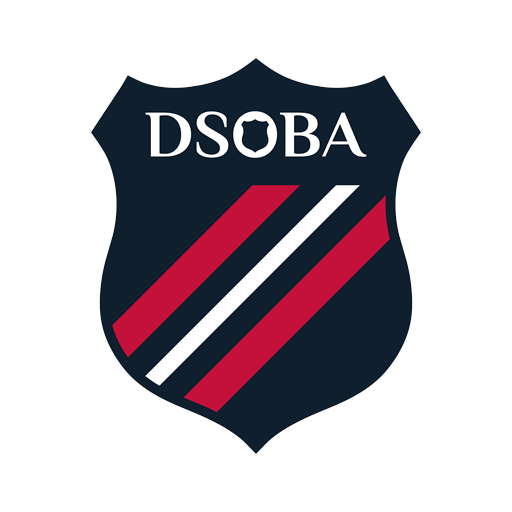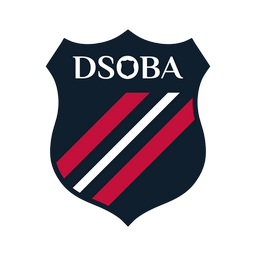In Memory of Mr. Sidney James Lowcock – the Headmaster’s House – Peter C. Kwok (Class of 1965)
In Memory of Mr. Sidney James Lowcock – the Headmaster’s House
Where was that special “classroom” in which extra lessons were taught and learned on Hill Kadoorie? The Headmaster’s House.
The House had served different headmasters through the years. For my years, it was Mr. Sidney James Lowcock. There could be many reasons why Mr. Lowcock had chosen to continue with the tradition. One of the reasons could be that he preferred to be close to the school and his students. After all, it was only a pleasant few minutes walk to school each morning across the field, a good warm-up with a healthy pre-load of fresh air for a long day at the office. However, the more important reason perhaps was: Mr. Lowcock wanted to make himself and his 2-story old house accessible.
To me, Mr. Lowcock had made our headmaster’s house an integral part of our campus on Hill Kadoorie. I may have learned my academics in many different classrooms in the main school building, my practical skills in the laboratories in the New Wing, and experienced that added dimension of school life on stage in the Assembly Hall with the orchestras. However, when I became a boarder in my U6 year, my horizon widened. As a senior boarder, hence free from all lights-out restrictions, I was able to stay at the headmaster’s house until late. It was there, given those additional after-school hours, through the many days and nights in my Upper 6 year, that I was privileged to both know Mr. Lowcock better and above all, learn about my “self” much more.
DBS had been known for offering a rounded education to its students. Being active on the music-arm in our DBS tradition, I thought I was “rounded”, meeting the challenges in time-management between the demands from academics and extracurricular activities. Little did I know that to be “rounded” in music, I needed to open up my tunnel vision, extend my understanding and involvement in music beyond the classical. Still could remember how captivated I was when first introduced to jazz by Mr. Lowcock, listening to the body-moving, finger-snapping sounds by MJQ, the Modern Jazz Quartet. Mr. Lowcock was holding a drink in his hand, with his body gently swaying to the rhythm and the syncopated thumps of the double bass. “That’s the way to enjoy music!” I said to myself that night. Not body-stiff, neck-tied and sitting still in the etiquette-laden concert hall! I was amazed by the fact that despite being called “Modern”, the jazz group actually followed such old classic musical forms as baroque counterpoints, something I was familiar with and could therefore appreciate the new sound almost immediately. At that moment, the boundary between the almost aristocratic classical music and the people-friendly music, such as jazz, began to blur; the wall separating them began to tumble as I began to realize the more important purpose and true meaning of music. I finally unlearned my biases, and thereupon became open to question the meanings of not only music in particular, but also life in general. It was Mr. Lowcock who had shown me the way, just as he had enlightened many others, both before and after me.
Mr. Lowcock had made his residence into an open “class room”, an extension from the main school across the field. During his years, Mr. Lowcock had made his house an “open” facility, a “House of Discoveries” for all who came through the door. The Prefects, the boarders, the day-boys, our school’s budding artists, painters, achieving athletes and the musically inclined… each would have his own unique encounter and story to tell. David Sung (Class’65), my Upper 6 roommate, had told his. It was also where my other artistically gifted roommate, late Victor Yeung Charn-hung, was finally able to verbalize his deep-seated fear of the unknown and uncertainties, in dealing with his health and financial problems as he contemplated on applying for college in the US. Mr. Lowcock challenged Victor with more than a token stipend, but more importantly also with a lesson to learn in successfully completing a project. So night after night, Victor would disappear from our dorm room, working overtime on his project when our remaining days on Hill Kadoorie were numbered. There were times he hinted he could not make it, but he also expressed how important it was for him to start and be able to finish the project. He eventually overcame his self-doubts and went on to finish his drawings of our headmasters’ portraits, now lining up the walls of our Assembly Hall. [To this date, I still ponder what pain and sufferings he must have gone through after his DBS days before he finally took his own life.]
The headmaster’s house was a popular haven where we were encouraged to not only challenge the established with courage and determination, but also our self. In the process, many would discover our own “self”… in our innocent nonage. Mr. Lowcock made it happen.
Peter C. Kwok
Class of 1965

